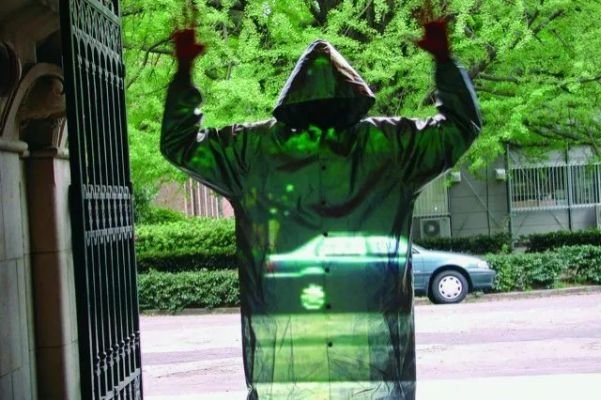A new research paper out of South Korea details a new cloaking “skin” composed of bendable patches that use active heating and cooling to mimic either visible colors or thermal characteristics of the environment.

They can switch from one to the other in about five seconds — allowing the wearer of cloaking skin to camouflage themselves in the daytime and barely show up on thermal cameras at night.
This give their wearers something of a chameleon’s ability to blend into the surroundings — in the visible-light spectrum as well as help troops cloak their heat signatures during night.
Individual “pixels” make up the device, each containing thermochromic liquid crystals that allow them to change their color.
In experiments, the team showed off their cloak’s capabilities. A patch attached to the back of a hand turned blue for instance once that hand was placed on a blue surface.

These patches are built up of “pixels” containing thermochromic liquid crystals that change color depending on temperature, “thus allowing the generation of a diverse number of colors by controlling temperature.
The cloaking in the visible range is therefore achieved separately by matching the ambient color. The patch isn’t yet capable of recognizing ambient colors.

Their demonstrations still required them to manually input the surrounding colors so they still have some work to do to get the suit to actually “see” the color around it mode.
Reference- journal Advanced Functional Materials, Defense One,Futurism






